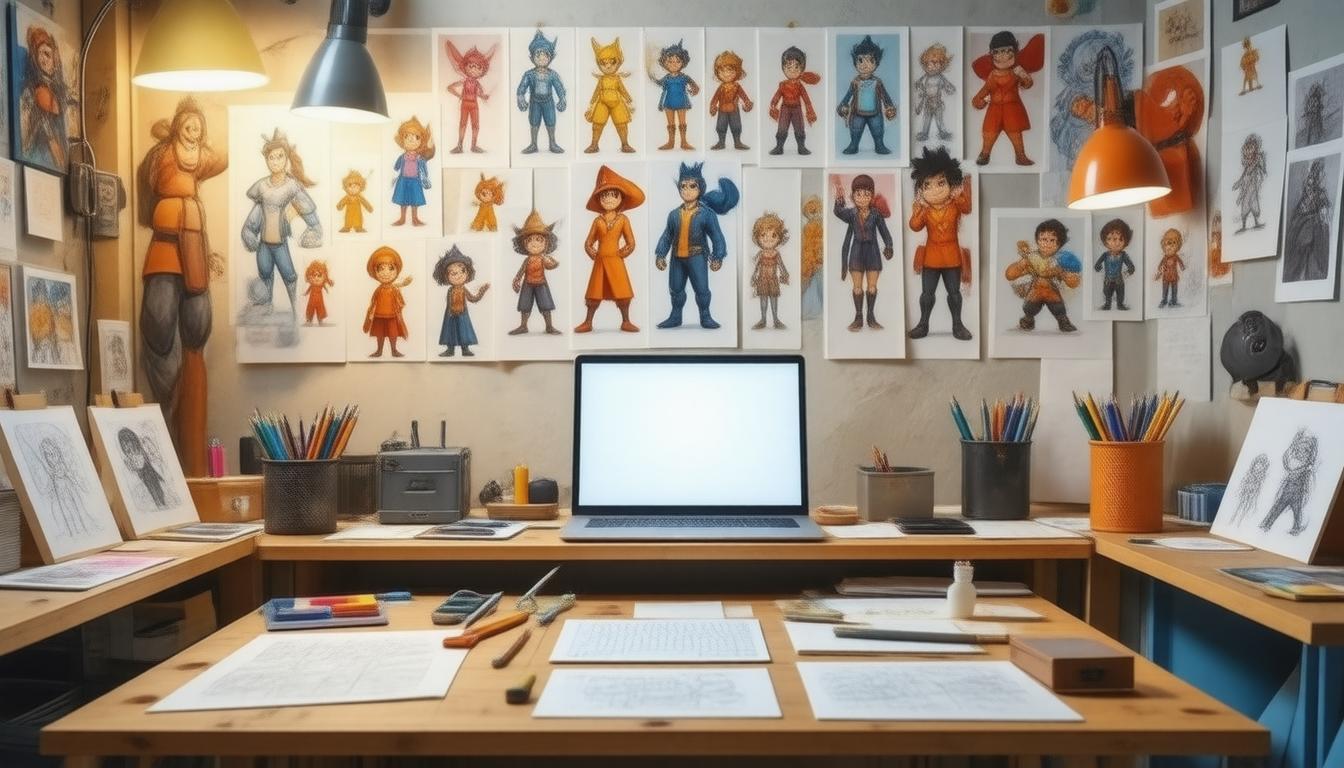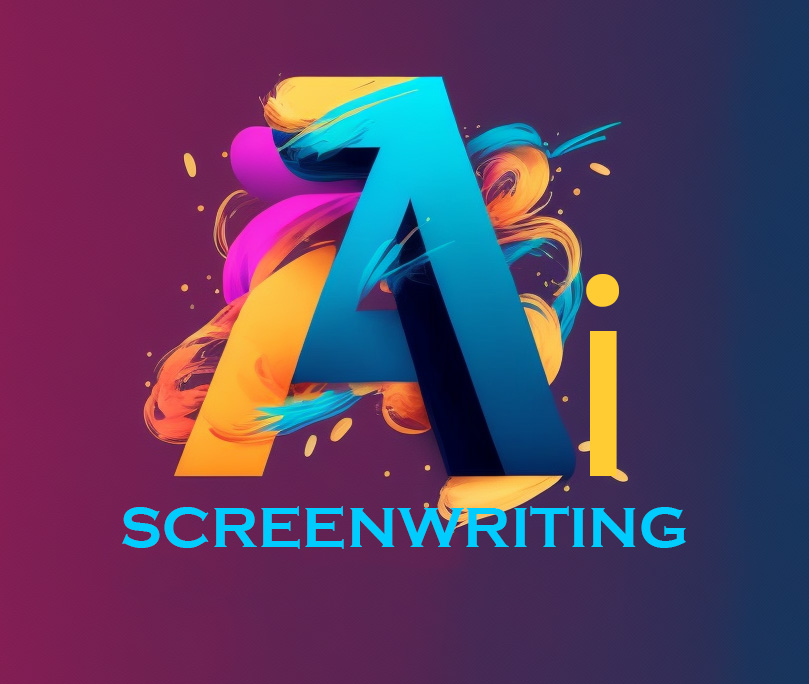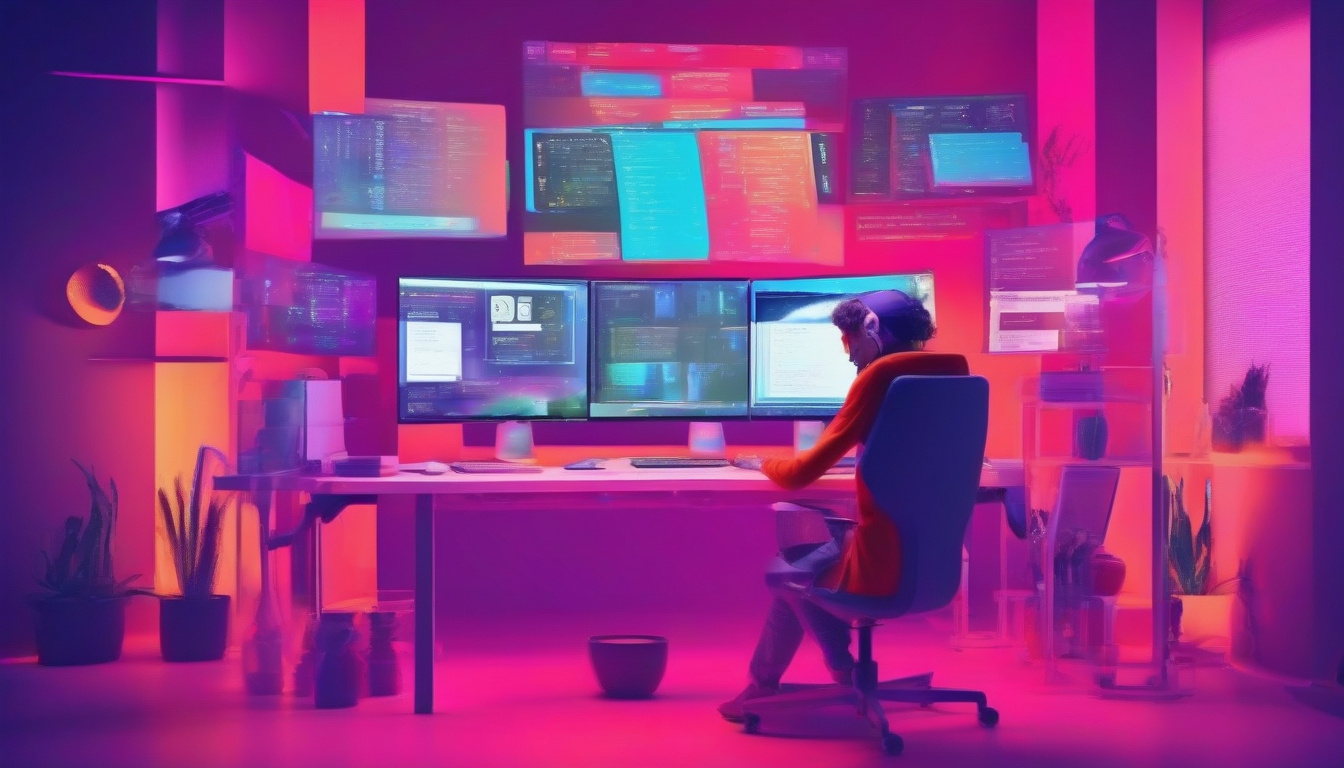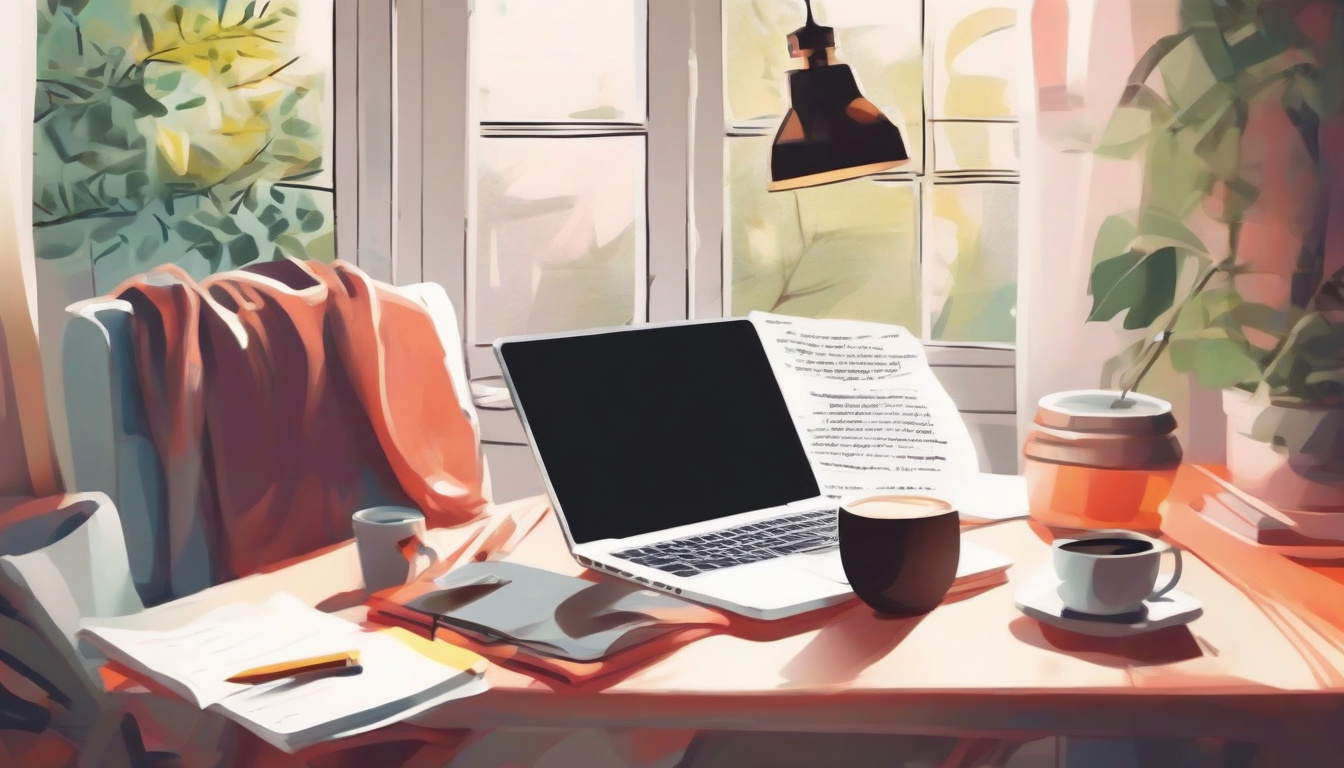
Welcome, budding screenwriters, to the zany, colorful world of animation!
If you’ve ever dreamt of crafting whimsical tales that leap off the page and pirouette across the screen, you’re in the right place.
Writing for animation is akin to juggling flaming swords while riding a unicycle—exhilarating, slightly terrifying, and oh-so-charming when done right.
In this guide, we’ll unlock the vault of tips and techniques essential for transforming your ideas into captivating animated narratives that dazzle both kids and adults alike.
So, grab your quills (or your laptops, we’re not living in the 18th century, after all) and let’s dive into mastering the art of writing for animation!
The BEST AI Screenwriting Tool In Hollywood!
Key Takeaways
- Animation requires a deep understanding of its unique storytelling techniques.
- Creating memorable characters is essential for engaging animated stories.
- Visual narratives should be crafted to captivate the audience’s imagination.
- Timing and pacing play a crucial role in the overall impact of animated content.
- Successful pitches for animation projects should effectively bridge the gap between written scripts and visual elements.
Understanding the Unique Aspects of Animation
Animation, dear reader, is not just about quirky characters and vibrant colors bouncing around on the screen; it’s an intricate world where writing for animation is the soul that breathes life into every pixelated being.
Imagine trying to communicate complex emotions through the flailing arms of a rubber chicken—that’s the enchanting challenge of animation writing!
You see, unlike traditional narratives, writing for animation requires a dash of whimsy, a sprinkle of absurdity, and a hearty gulp of creativity.
Picture yourself crafting dialogues that not only entertain but also reflect the unique quirks of animated characters—like a crabby cat who moonlights as a detective or a sassy toaster that saves the day!
So, buckle up, aspiring screenwriters!
Let’s dive into this thrilling fusion of artistry and storytelling, where anything is possible and the only limit is your imagination (and maybe the animation budget).
Developing Compelling Characters for Animated Stories
So you’ve decided to dive into the wild and whimsical world of writing for animation, eh?
Well, buckle up, because it’s a roller coaster filled with talking animals, quirky sidekicks, and heroes who might just be a bathroom plunger!
Developing compelling characters is the golden key that opens the enchanted castle of animated storytelling.
First off, think of your characters as pizza toppings – the more diverse and deliciously unique they are, the better the slice (or story, in this case).
Start with a memorable protagonist who has desires and quirks that could light up a city, like an aspiring cat magician or a disco-loving robot.
Throw in some obstacles, sprinkle on a few side characters with wild backgrounds (and hopefully fabulous mustaches), and watch your narrative sauce bubble and boil with excitement.
Remember, in writing for animation, characters aren’t just there to fill space; they are the vibrant threads that weave your whimsical tapestry together.
Give them depth, allow them to grow through their misadventures, and don’t forget to toss in a secret talent or two—because what’s better than a dragon that can also sing opera?!
‘Animation can explain whatever the mind of man can conceive. This facility makes it the most versatile and powerful medium that we can deal with today.’ – Walt Disney
Crafting Engaging and Visual Narratives
Welcome to the whimsical world of writing for animation, where your words paint colorful characters and imaginative worlds, all while dodging the mundane!
Think of it as a delightful dance between storytelling and art, where each line of dialogue has a little bounce to it and every scene is practically begging for a high-five.
Whether you’re scribbling scripts for a soaring superhero saga or a cozy tale of a talking teapot on a quest for the world’s best brew, crafting engaging and visual narratives is your ticket to a successful animation adventure.
The trick?
Visualize your scenes vividly; your audience needs to *see* those shiny, magical moments unfold as much as they need to hear them.
And remember, every punchline should float like a feather in the wind, while every emotional beat hits harder than a cartoon character landing on a giant, fluffy cloud.
So grab your pens (or keyboards, no judgment here!) and join us in the enchanting realm of writing for animation where the only limit is your imagination and maybe a few friendly deadlines!
The BEST AI Screenwriting Tool In Hollywood!
The Importance of Timing and Pacing in Animation
Ah, dear aspiring animator!
What’s more delightful than a cartoon cat chasing a zig-zagging mouse?
Well, that’s right folks, it’s all about timing and pacing—two elements that are more important than your morning coffee—though you should probably have that too!
When writing for animation, think of timing as the heartbeat of your story and pacing as the rhythm of your comedic dance.
It’s crucial to nail that timing so your punchlines land like a pro gymnast, while the pacing keeps your viewers glued to the screen.
Ever watched a skit where the joke lingered on for what felt like an eternity?
Yikes, right?
That’s the bad side of poor timing.
Get it right, and you’ll have people rolling on the floor giggling, or at least chuckling politely from the couch.
So, whether you’re penning a snappy dialogue for animated squirrels or crafting an epic tale of heroism (with animated squirrels, of course), don’t underestimate the magical duo of timing and pacing in your animation writing adventure!
Collaborating with Artists: Bridging the Gap between Scripts and Visuals
Writing for animation isn’t just about crafting clever dialogue or spinning whimsical tales; it’s about entering a fantastical world where your words leap off the page (or screen) and do a little dance with visuals!
Imagine yourself swirling through a whimsical art gallery, where each artist’s unique style enhances the stories you wrote.
Collaborating with artists is where the magic truly happens!
You see, as the writer, you take the baton from the idea’s inception and pass it to the fantastic visual maestros who will transform your script into a kaleidoscope of color, movement, and sass!
It’s like a creative relay race, with each participant injecting their flavor into the mix.
Want to ensure you don’t end up with a scribbled mess instead of animated glory?
Embrace the quirks of your artist pals!
Share sketches, brainstorm scenes together, or even hold interpretative dance-offs in the conference room to understand how your visuals can best express those cleverly crafted lines.
Remember, in the world of animation, your words need not only to sit pretty; they should burst forth like confetti at a parade, celebrating the splendid union of imagination and artistry!








